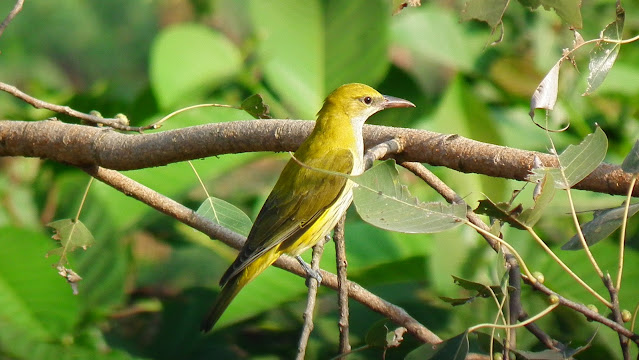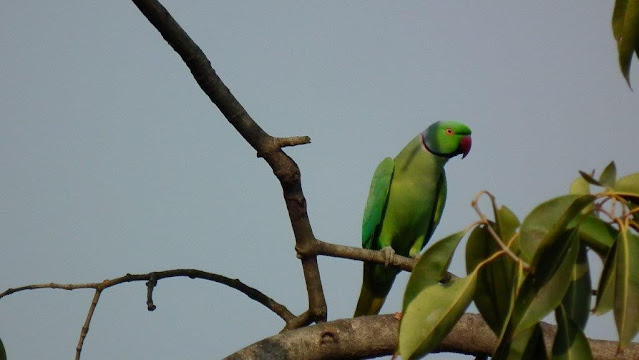It is been about a month
since the first spells of rain covered this region. The continued dry spell in
the weather is certainly cause for alarm, as we are almost entirely dependent
on the rains for our water requirements. The levels of water in the lakes is
disturbingly low and a 10% water cut has been initiated from July 01. The
authorities also mentioned that the situation is being monitored and if the
rains continue to keep away, additional water cuts may be imposed.
For many of us used to 24-hour water supply, reduced water supply
- may be once every two days - is unimaginable. Many years of normal rainfall
and adequate water in the lakes has lead to a false sense of complacency that nature
takes care of everything and everyone, no matter how we (ill) treat it. There have been no efforts by the authorities to
efficiently harvest water in the bountiful years and to have a contingency plan
during periods of drought. Hope the government comes up with a long-term plan
for tackling this issue.
However, what can immediately be done? I share my thoughts of some
measures that I feel, ought to be taken.
Individual water meters:
The government should
use this opportunity to compulsorily install individual water meters in all
homes. This will take care of the immediate situation of utter wastage by some
of our knuckle-headed compatriots, who care a damn for environment and frivolously
waste water. The moment they need to pay for all that wastage, realization of water
conservation will automatically kick in. The logic is simple, you pay for as
much as you use, as for electricity.
I understand that something on these lines is being considered in
Pune.
Rainwater harvesting:
When the quantity of potable water used for flushing in WCs is
taken into consideration, it dawns on you that this water is literally wasted down the drain. Local government bodies
and municipal corporations should make it mandatory for all large housing
societies to create rainwater harvesting facilities and use this water for WCs.
Afforestation:
The role of forests in inducing the clouds to precipitate
rain is underestimated. Large tracts of forests and mangroves in Thane, Gorai
and Navi Mumbai are being destroyed under the garb of development, while the
wily builders and unscrupulous politicians are raking it in millions. The
proposed Mangrove Cell of the forest department needs to be set-up on a war
footing. Afforestation and greening of barren lands needs to be done on a
massive scale, which is beyond the capacity of small, dedicated team of NGOs
like Thane based Haryali. The government
should consider extending support to NGOs in their afforestation efforts.
Seeding:
Every trekker is, in
his/her heart an environmentalist, and can be expected to do the best for the
environment. All trekking groups should be consulted and enrolled by the
environment ministry in this endeavour. Each group shall be given about 100
seeds of local plants, endemic to the region. During the course of the treks in
the monsoon, the seeds can be suitably dispersed. According to a study
conducted during an aerial seeding exercise a few years ago, the seeds had a
survival rate of 1%. Accordingly, one can expect a similar, or even better,
survival rate during seeding by trekkers.
Artificial rainfall:
The technology for
artificial rain induction is available for a long time, with proven positive
results. The government should seriously consider inducing rainfall by artificial
seeding of rain-bearing clouds. May be we should consult the Chinese for their
expertise, or call upon our own rain-man,
Shantilal
Mackoni of Mackoni Enterprises, but it should be done right now, rather waiting until August to initiate efforts.
Solar & wind energy:
India is blessed with
bright sunshine for about 8 months in a year. Efforts should be made to reduce
our dependency on hydro-power/ thermal-power / gas-power, with greater emphasis
on sustainable sources like solar and wind energy, although, on a grid-scale it
would require large investments and is not feasible. However, on the home-scale,
making the best use of available energy appliances for even 1 or 2 hours in a
day, will reduce grid loads and contribute towards a better environment.
You may wish include any
other measures that can save our environment. Please let me know.
Ultimately, one can only
hope that conservation efforts take root in India and we start respecting nature.
Nature
gives back what it gets.



















.JPG)






